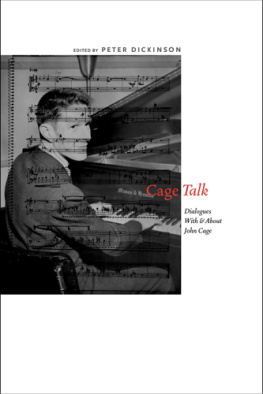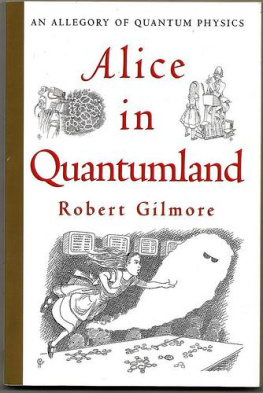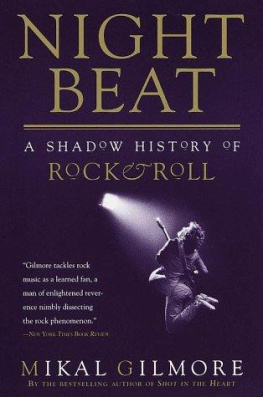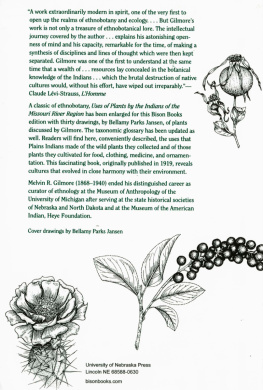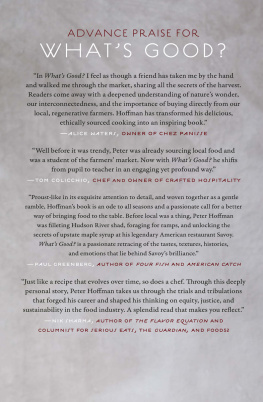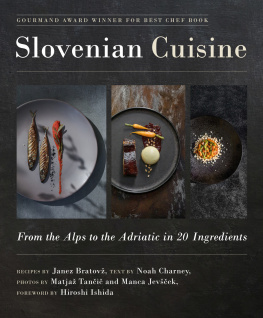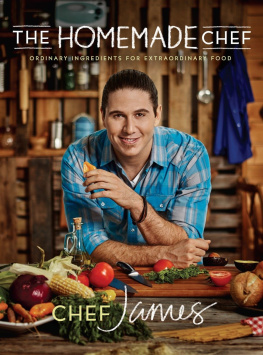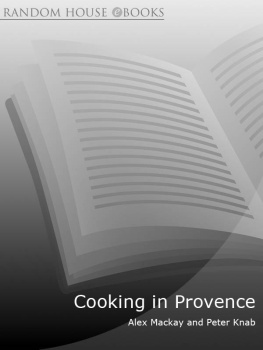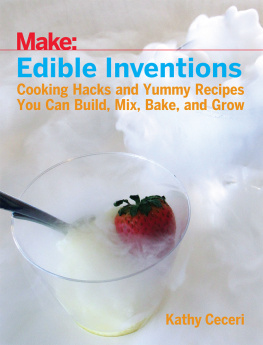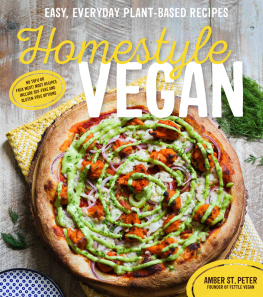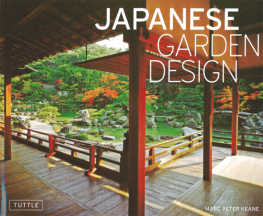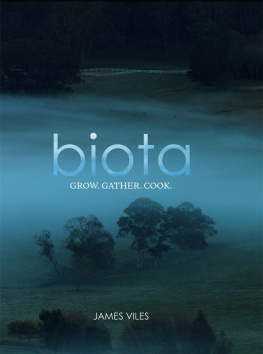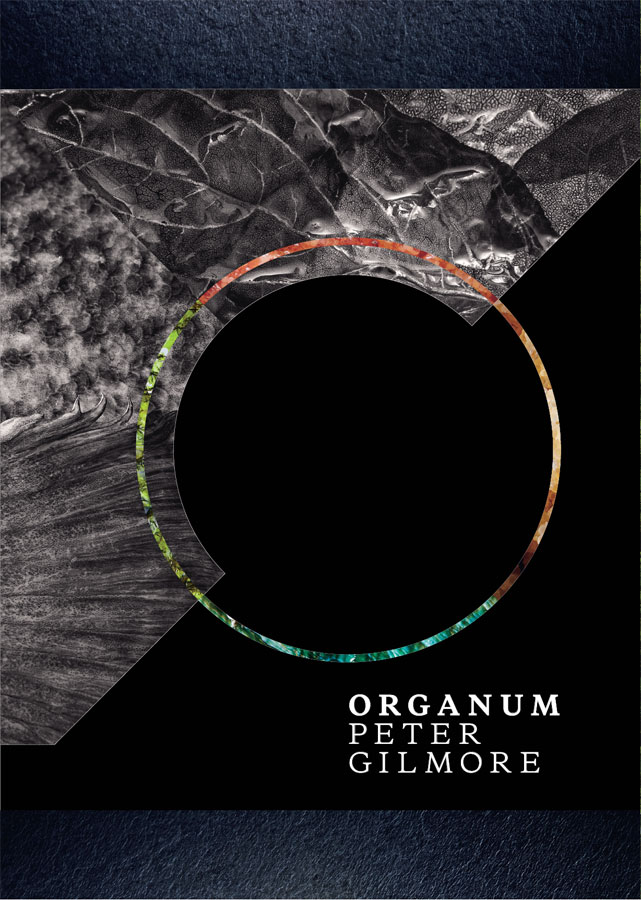Organum refers to the idea that multiple harmonies can create a new sound. This term was originally applied to Gregorian chants in the ninth and tenth centuries when polyphonic sound was achieved. The same idea applies to barbershop singing, in which four voices can work together to create a new sound or fifth voice. This idea has resonated with me in the development of my cuisine. Multiple ingredients achieving harmony: flavours, textures, techniques, aroma, culture and innovation come together to create something newa unique dish.
The principles of harmony in the coming together of many elements is the reason Organum is the word I have chosen to represent my cuisine.
Through my cuisine I search for the idea of Organum; for a sense of purity, which is the essence of something that is complete, where all the elements work together to create something new.
I believe that a cook must find a set of principles that they strongly believe in to bring focus to their cuisine: whether the principles are traditions that have stood the test of time; have a link to place and culture; or are a set of more universal foundations, truths and beliefs. You need this structure to work from in order to go forward. I urge my young cooks to take their time to develop, to find their own set of principles and beliefs about cooking and to allow this to evolve naturally from their own experiences. Ultimately, the cook you become and the dishes you create are a personal expression of your life experiences. Feeding people the food you love to cook and eat is a very personal gesture. This can be easily forgotten with the day-to-day pressure of running a restaurant and business, but this is something you must remind yourself of as it is at the heart of what you do.
My belief is that a dish must have, at its heart, harmony. It has to work on many levels but the ultimate goal is for the dish to be delicious. Texture, for me, has long been one of the most important qualities in creating my cuisine. Texture is our most fundamental connection to the food we eat. Whats happening on the palate and the way the textures play off each other is the most sensual element of consuming a beautiful dish.
Getting the degree of flavour intensity right is a big part of creating a successful dish. Strength and intensity of flavour with balance is my aim. Combining flavours that will play off each other and enhance the whole experience is essential. I dont believe in throwing opposing, clashing and harsh flavours together. I feel there must be logic to the flow of flavours in a dish. Different notes working in some type of harmony is important to my cooking.
It can sometimes be a complex group of flavours but they are usually working to achieve a whole. At other times it can be great to work with a few limited flavours that are set at different pitches to intensify the whole. It may be the flavour of a raw mushroom set next to the flavour of a cooked or dried mushroom, then set next to the flavour of a fermented mushroom, which together enhance the natural flavour of beef, for example.
The way texture and flavours play off each other, the way they work together, is really the art of the cook and it is boundless with possibilities.
Natures diversitythe sheer variety and complexity of the plant worldis quite astonishing. My appreciation for this increased dramatically when I started growing my own herbs and vegetables nine years ago. This deeply changed my approach to cooking. Experimenting with heirloom varieties of vegetables and realising just how much diversity is available has really pushed my cuisine forward.
I would like to dedicate this book to all the passionate farmers, producers and suppliers who give me such incredible products to work with. Without you, what I do would simply not be possible.
It is my hope that this book will inspire the next generation of young chefs to form meaningful, direct relationships with farmers and producers. I believe this is the key to producing a cuisine of substance.
I would also like to honour the memory of a very passionate young foodie, Levi McCormack, whose spirit touched my heart.
DEDICATION
THE
PEA
BLOSSOM
UNDERSTANDING THAT I COULD USE ALL THE PARTS OF THE PLANT AT ALL STAGES OF ITS DEVELOPMENT WAS A REVELATION TO ME.
PEA BLOSSOM / PISUM SATIVUM
HARVEST / LATE SPRING
It all started with a pea blossom. I planted my first garden about nine years ago: for the first time I had a backyard with space for a garden. I started with herbs for use in the kitchen and the first vegetable I planted was the humble pea.
Planting the seed in the earth and watching it spring to life filled me with admiration for nature. This is something we all take for granted, but the cycle of life I observed in my garden is what sustains us and makes life possible. The sprout, coming to life from the earth; maturing into a larger plant that flowered, ready to be pollinated and, ultimately, to fruit; thus recreating the original pea that would start the cycle again. Observing this filled me with awe and connected me to the produce that I work with every day.
Understanding that I could use all the parts of the plant at all stages of its development was a revelation to me. I could use the shoots, the leaves, the fruit and, most unexpectedly, the blossoms. Back then, flowers were not fashionable for use in cooking.
It astonished me that the pea flowerso beautifulactually tasted like peas, and gave me a new texture and ingredient to use in the creation of my dishes. The challenge then was to find a farmer who was willing to grow pea flowers for me. Most conventional farmers in my area simply wanted to plant a crop of peas and harvest them all at once when they were ready. The idea of going out each morning and hand picking the just-opened blossoms seemed absurd to them.



